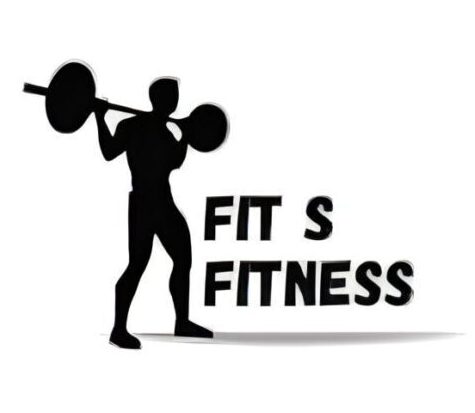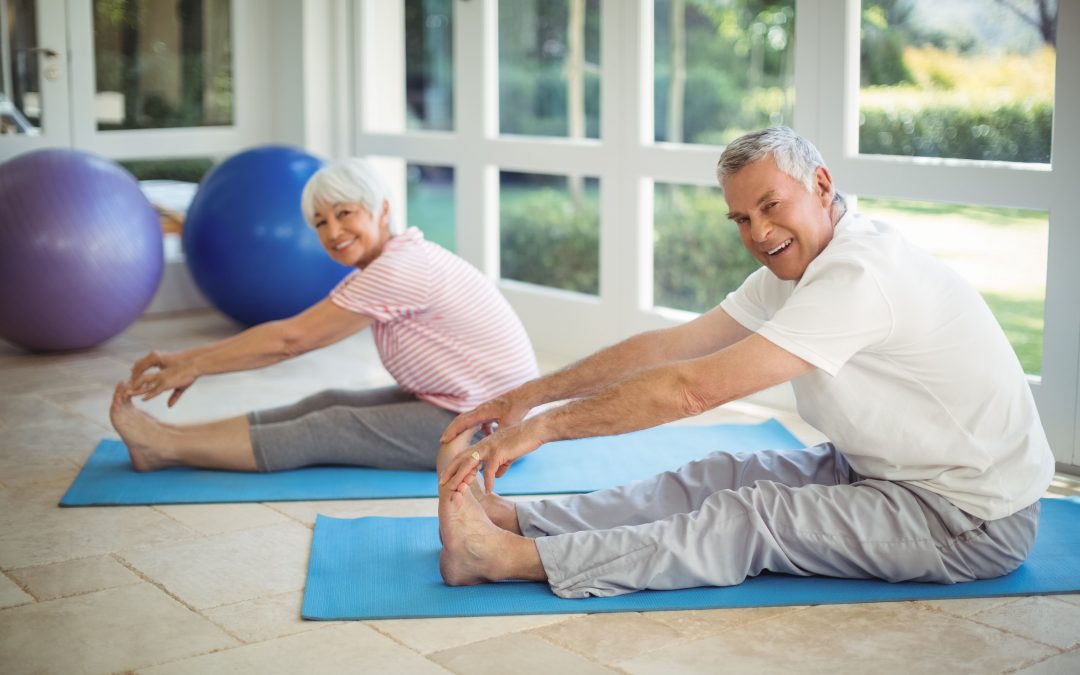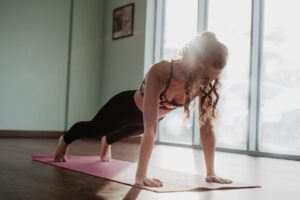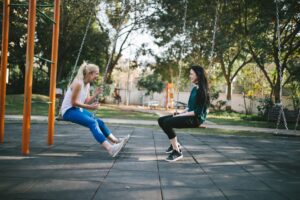Introduction
Stay fit and flexible low-impact workouts and maintaining physical fitness become increasingly important as we age. Engaging in regular exercise can help seniors improve their overall health, manage chronic conditions, and enhance their quality of life. However, seniors may have specific needs and limitations that require a more gentle approach to exercise. This is where low-impact workout routines come in. In this article, we will explore the benefits of low-impact exercises for seniors, provide recommendations for specific exercises, and offer tips on how to create a personalized workout routine.
Benefits of Stay Fit and Flexible Low-Impact Workouts for Seniors
Low-impact workouts are exercises that minimize stress on the joints and are less intense on the body compared to high-impact activities. These types of exercises offer a range of benefits for seniors, including:
- Reduced risk of injury: Low-impact exercises are gentler on the joints, reducing the risk of strains, sprains, and other injuries.
- Improved cardiovascular health: Engaging in low-impact aerobic exercises can strengthen the heart and improve cardiovascular fitness.
- Enhanced flexibility and mobility: Low-impact workouts that incorporate stretching and flexibility exercises can help seniors maintain and improve their range of motion.
- Increased muscle strength and endurance: Resistance training exercises can help seniors build and maintain muscle strength, which is important for maintaining independence and preventing age-related muscle loss.
- Better mental health: Regular exercise has been shown to improve mood, reduce anxiety and depression, and enhance cognitive function.

Getting Started: Important Considerations
Before starting any exercise program, seniors need to consult with their healthcare provider, especially if they have any underlying health conditions or concerns. Additionally, seniors should keep the following considerations in mind:
- Start slow and gradually increase intensity: It’s important to gradually ease into any new exercise routine to prevent overexertion or injury. Begin with shorter durations and low intensity, gradually increasing as your fitness level improves.
- Listen to your body: Pay attention to how your body feels during and after exercise. If you experience pain, dizziness, or any other discomfort, it’s essential to stop and seek medical guidance.
- Warm-up and cool-down: Before each workout session, perform a warm-up routine to prepare your body for exercise. Similarly, to aid in your body’s recovery, end each session with a cool-down.
- Stay hydrated: Drink plenty of water before, during, and after your workout to stay properly hydrated.
Recommended Low-Impact Exercises for Seniors
Here are some excellent low-impact exercises that are safe and effective for seniors:
1. Walking
Walking is a simple yet effective form of low-impact exercise that can be done almost anywhere. It improves cardiovascular fitness, strengthens leg muscles, and helps maintain joint flexibility.
2. Swimming
Swimming is an excellent low-impact workout that works the entire body without straining the joints. It improves cardiovascular health, builds muscle strength, and enhances flexibility.
3. Cycling
Cycling, whether on a stationary bike or outdoors, is a low-impact exercise that strengthens the lower body muscles and improves cardiovascular fitness. It is gentle on the joints and can be tailored to individual fitness levels.
4. Tai Chi
Tai Chi is a gentle martial art that involves slow, flowing movements. It improves balance, flexibility, and muscle strength while promoting relaxation and mindfulness.
5. Yoga
Yoga combines gentle stretching, strength-building poses, and deep breathing exercises. It improves flexibility, balance, and muscle strength while promoting relaxation and stress reduction.
6. Pilates
Pilates is a low-impact exercise system that focuses on core strength, flexibility, and body awareness. It can help improve posture, balance, and overall muscle tone.
7. Water Aerobics
Water aerobics or aqua fitness classes take place in a pool, providing resistance and support for low-impact workouts. It improves cardiovascular fitness, muscle strength, and flexibility.
8. Chair Exercises
Chair exercises are ideal for seniors with limited mobility or balance issues. They can be done while sitting or holding onto a chair, focusing on gentle movements to improve strength, flexibility, and circulation.
9. Resistance Training
Using resistance bands or light weights, seniors can incorporate resistance training into their routine to build muscle strength and improve bone density. It is important to start with light resistance and progress gradually.
Safety Tips for Seniors Engaging in Low-Impact Workouts
While low-impact exercises are generally safe for seniors, it is crucial to follow these safety tips to prevent injuries:
- Use proper footwear and supportive equipment.
- Pay attention to proper form and technique.
- Avoid overexertion and listen to your body’s limits.
- Modify exercises as needed to accommodate any physical limitations.
- Always warm up before exercise and cool down afterward.
- Stay hydrated and take breaks as needed.
Creating a Workout Routine for Seniors
To create a personalized workout routine for seniors, consider the following factors:
- Start with a warm-up: Begin each session with a few minutes of light cardio exercise to warm up the muscles and increase blood flow.
- Incorporate a variety of exercises: Include a mix of aerobic exercises, strength training, flexibility exercises, and balance exercises.
- Gradually increase intensity: As your fitness level improves, gradually increase the duration or intensity of your exercises.
- Allow for rest and recovery: It’s important to have rest days in your routine to allow your body to recover and prevent overtraining.
- Listen to your body: If you experience pain or discomfort during any exercise, modify or stop the activity and seek medical advice if needed.

Incorporating Stretching and Flexibility Exercises
Stretching and flexibility exercises are crucial for seniors to maintain and improve their range of motion. Here are a few examples of stretching exercises to include in your routine:
- Neck stretches
- Shoulder stretches
- Chest stretches
- Arm and wrist stretches
- Back stretches
- Hip stretches
- Leg stretches
- Calf stretches
Remember to perform each stretch slowly and hold it for 15-30 seconds without bouncing or forcing the movement.
The Importance of Consistency and Progression
Consistency is key when it comes to exercise. Aim to engage in low-impact workouts for seniors at least three to five times per week. As you progress, gradually increase the duration or intensity of your exercises to continue challenging your body and improving your fitness level.
Conclusion
Stay fit and flexible Low-impact workouts offer seniors a safe and effective way to stay fit, flexible, and active. By incorporating a variety of low-impact exercises, focusing on proper form, and listening to your body’s limits, you can enjoy the numerous physical and mental health benefits that regular exercise provides. Remember, it’s never too late to start taking care of your health, so lace up your shoes, grab a water bottle, and embark on your journey to a healthier, more active lifestyle.




